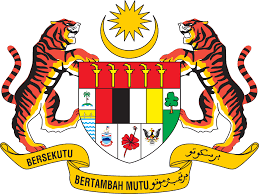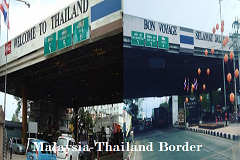Driving Action Plan (PTP)
- On May, 17, 2021
- Ch. Mahmood Anwar
While driving a vehicle, the brain of a driver continuously processes the sensory information in order to make correct decisions. We all know that every human being has five senses i.e., sight, smell, hearing, taste, and touch. Among these senses, 2 senses are very important in driving i.e., sight and hearing. Human Eyes transform light into image signals. These signals are sent to the brain by optic nerve for further processing. Similarly, human Ears use three small bones (auditory ossicles), fluid-filled canals, and spiral-shaped cochlea to transduce sound waves into sound signals. These sound signals are sent to brain for further processing by cochlear nerve. Since explaining the anatomy of eye and ear is not the objective of present article, therefore, after providing preliminary information, I am moving on to the main topic of the article.
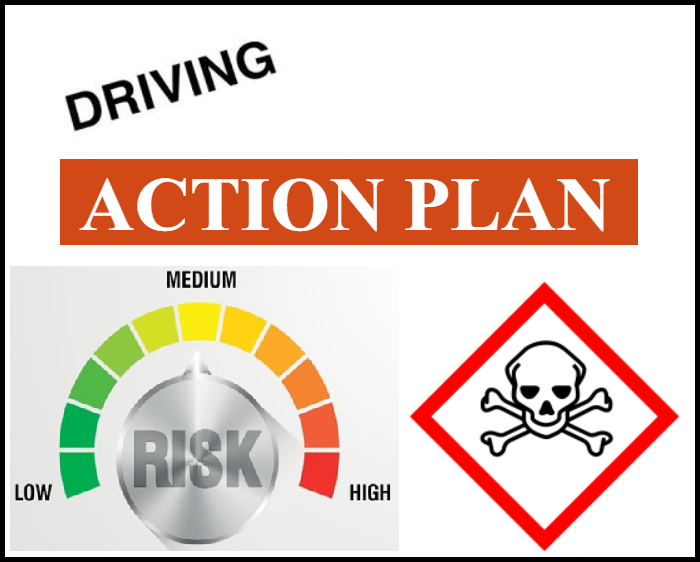
It is very important to understand that human brain can only produce signal to make right decision in response to image signal if it already has some background information pertaining to that signal. For instance, a driver sees a “Give Way Ahead” (Beri jalan ke hadapan) road sign, his brain can only produce a signal to inform the driver that he should give way to traffic passing ahead if the brain has already stored the meaning of this road sign. If the brain doesn’t have this information in its inventory, then it wouldn’t force the driver to comply with the image signal. So, here comes the significance of learning. If a driver already studied the road signs and understood their meaning, it would be easy for his brain to make right decisions. To have a safe on road driving experience, a driver must configure Driving Action Plan (Pelan Tindakan Pemanduan).
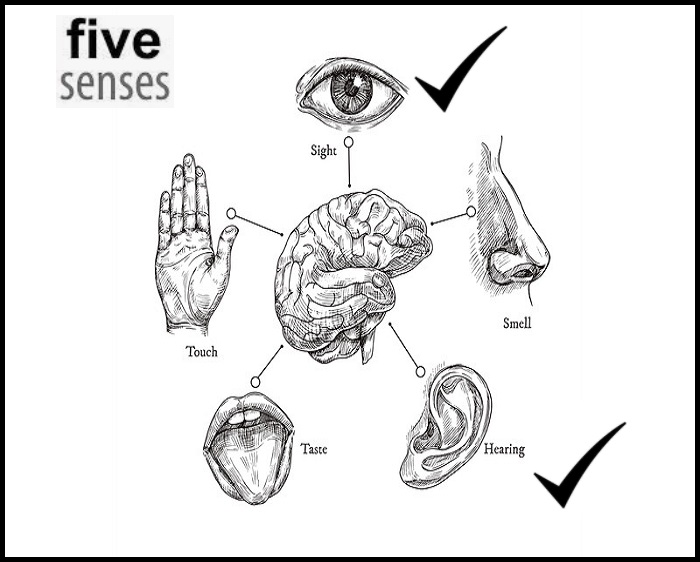
The handbook “Kurikulum Pendidikan Pemandu” published by Jabatan Pengangkutan Jalan (JPJ) mentions that “Pelan Tindakan Pemanduan (PTP) adalah berdasarkan kepada maklumat yang dirumus melalui proses, pemerhatian, mengenal pasti, menjanka, dan mengutamakan hazard. Seorang pemandu yang berhemah akan sentiasa memastikan, element tindakan pemanduan iaitu posisi, kalajuan, gear dan pemecutan sentiasa sesuai, selamat dan selesa, mengikut situasi permanduan”.
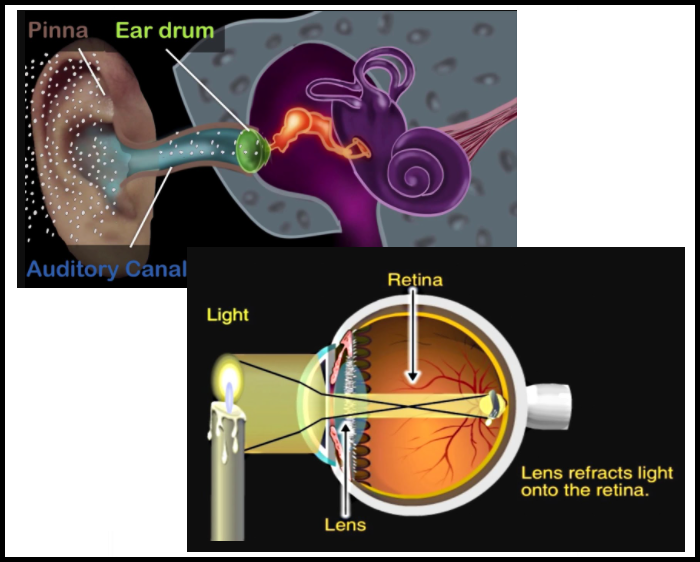
The Driving Action plan (PTP) is a contingency based plan formulated by driver cognitively. The input of the process is based on observation, identifying, anticipating, and prioritizing hazards, while the output is safe and responsible driving. Now I will explain each input of Driving Action Plan (PTP):
Observation
An active acquisition of information from a primary source is called “observation”. In human beings, main sources of getting information are “senses”. I have already explained most important senses to the drivers i.e., sight and hearing. Vehicle drivers continuously observe various on road happenings and distances among objects by watching them. In addition, sounds like horns, sharp braking sounds, siren of ambulances or police cars, accident sounds, and other ambient sounds should also be carefully observed by drivers. Observing your vehicle’s distance from the car next to you is very important to avoid rear-end collision. Instead of tailgating, drivers should follow 2-4 seconds distance rule. In addition, it is recommended to follow 12 seconds rule and turn on direction indicator in the direction driver wants to turn at least 3 seconds before his intention to turn. Similarly, driver should look in the rear-view mirror after every 5-8 seconds to observe the movement of rear traffic in order to make smart and safe moves and detect tailgating or others’ intention to overtake your vehicle. In addition to observing external environment, driver should also keep on observing his car’ warning lights on dashboard, fuel level, car engine temperature, level of coolant etc. in order to make correct decision to get best on road experience.
Identify Hazards
A hazard is an agent or situation that can cause harm or damage or pose potential threat or risk human life and health, property or environment. In order to enjoy safe on road driving experience, drivers identify potential hazards by recognizing them because they can cause an accident. Most common hazards include speeding, right of way violation, turning improperly and abruptly, passing or overtaking improperly, ignoring pedestrians crossing road, and following other cars too closely. If driver is complying with Safe driving routine or Rutin Selamat Memandu (CITO) I already described in detail, he can easily identify potential hazards. Using “Cermin (Mirror), Isyarat (Signals), Titik Buta (Blind Spots)” principles, driver can identify potential hazards that can be caused due to rear, front, and side traffic. However, sources of potential hazards that can be caused due to front traffic, uneven or badly damaged road, road holes, or soft shoulders can be identified by looking through windscreen. After successfully identifying potential hazards using mentioned 3 CITO principles, as a result, driver should use “Olah Gerak (Manoeuvring)” in order to avoid obstacles and hazards.
In addition to above mentioned hazards, weather also plays an important role in defining hazards. Driving in winter is considered more dangerous as compared to driving in summer. Winter driving hazards include cold and slick roads, darkness and visibility issues, increased chances of skidding etc., whereas summer driving hazards include more pedestrians and cyclists, tire blowouts, teenage drivers, increased construction works in summer etc. In addition, hazards related to heavy rain, thunderbolt, thunderstorm should also be taken into account.
Anticipate Hazards
Anticipation means “to give advance thought, discussion, or treatment” or “to foresee and deal with in advance”. Anticipation is an essential element of Driving Action Plan (PTP) because it is essential to anticipate potential hazards that can cause serious accidents or harm. Drivers should take proactive approach instead of reactive approach. In reactive approach, driver reacts only once something attracts his attention and seeks his urgent response. In proactive approach, driver collects all necessary information via his senses and try to predict future happenings. For instance, a driver observes that a bike rider is performing wheeling stunts to show off in front of his car. Driver would immediately anticipate that what could have happened due to the wrong act and dangerous moves of bike rider. Based on this anticipation, the driver would adjust his vehicle’s direction, distance and speed in advance to cope with any potential accident caused by wrongful wheeling stunts. Therefore, anticipation skills must be learned by all the drivers.
Prioritize Hazards
After identification of potential hazards, driver must prioritize or rank them according to their severity. The hazards need immediate attentions must be attended first followed by less harmful hazards. For instance, while driving, a driver observes that a child is playing with a ball on green belt area. At the same time, driver observes that an old man wants to cross the road. To what observation driver should give priority? Should make a plan to save playing child in case he comes on road to get ball or old man who wants to cross road? In such confusing situations, driver has to rank the potential hazard according to his observations. He must think about the probability of playing child to come on road and probability to cross the road by an old man. If child is playing and driver observes that the probability of child to come on the road is low then he should focus on old man who wants to cross the road or vice versa. Therefore, prioritizing the potential hazards is very important in order to reduce the chances to have an accident.
Finally, based on the described components of Driving Action Plan (PTP) i.e., observation, identify hazards, anticipate hazards, and prioritize hazards, the driver decides to adjust vehicle’s position/direction, regulate the speed of the vehicle, and select appropriate gear required at the moment. Hence, position, speed, gear, and acceleration are very important outcomes of Driving Action Plan (PTP). I would recommend all drivers to attend training courses on hazard identification, anticipation, and prioritization, and attempt hazard perception test.
Don’t forget to comment if you like this post.

